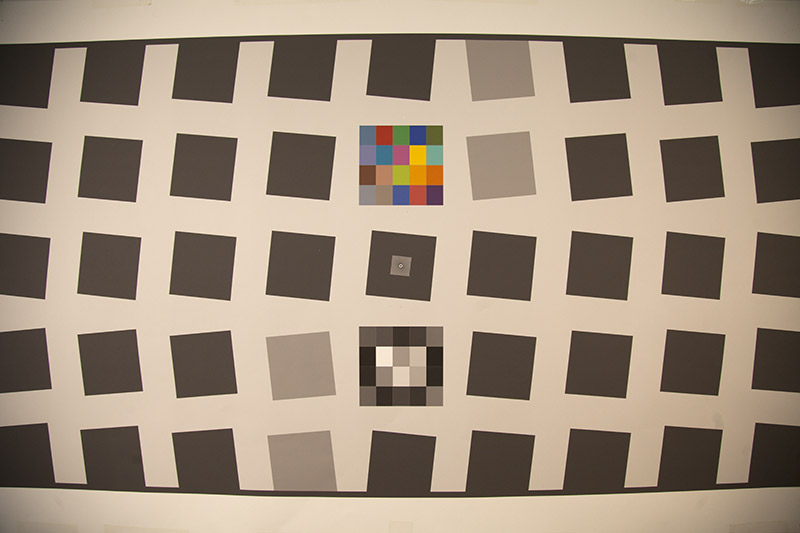I'm sure there will be. No ibis here so no PS for me. (Which is actually fine) I don't think you guys will get unlimited recording either. There will be other cool stuff though. When do you guys think its going to drop??? .... Sunday night the 26th or Friday 3/31 for April Fools Day?Well, the leak does corroborate the notion of a "major FW update." The ability to generate a 400MP image qualifies as a major update. Hopefully, there will be more to the update than what was leaked.
Upvote
0

